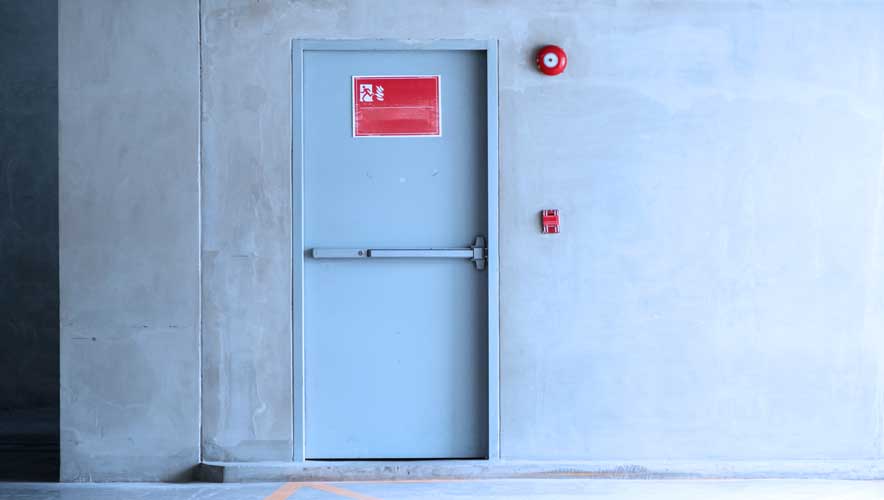U.S. Government Watchdog Reiterates Need for Stronger Labor Department Antifraud Strategy
As investigations into COVID-19 relief fraud continue, the dollar figure keeps climbing, and agencies are slow to implement financial controls to prevent future scams.
Fraud in unemployment insurance programs alone is estimated to reach at least $4.3 billion, based on forensic determinations by state workforce agencies. Forty-five billion dollars in unemployment insurance payments during the COVID-19 pandemic have some potential fraud indicators, the U.S. Government Accountability Office (GAO) found.
The U.S. Department of Justice (DOJ) appointed Kevin Chambers in March 2022 to be the director for COVID-19 fraud enforcement, leading DOJ efforts to investigate more than $8 billion in suspected pandemic relief fraud. Up until March 2022, DOJ efforts resulted in “criminal charges against over 1,000 defendants with alleged losses exceeding $1.1 billion; the seizure of $1 billion in Economic Injury Disaster Loan (EIDL) proceeds; and over 240 civil investigations into more than 1,800 individuals and entities for alleged misconduct in connection with pandemic relief loans totaling more than $6 billion,” according to a press release.
This is still just a small fraction of the vast amount of economic relief offered by the U.S. government during the first two years of the COVID-19 pandemic. The Paycheck Protection Program (PPP) alone initially included more than $814 billion in loans, with expansions in both 2020 and 2021. The EIDL program provided $154 billion in emergency low-interest loans to eligible small businesses, Security Management reported in March 2022.
In government agencies’ haste to get emergency funding into the hands of people and businesses that needed it, however, some oversight efforts were skipped or curtailed to save on time, and fraudsters took advantage.
“We also were seeing cross-cutting fraud, people were not siloed,” said Rebecca Shea, director, forensic audits and investigative service, GAO, in an interview with Security Management. “People were exploiting the PPP and EIDL and then the tax credits as well, and unemployment insurance. We’re starting to see an increasing number of cases that were exploiting programs…it could run the gamut…VA contract fraud to stealing checks out of people’s mail for those tax credits.”
Recently, a New York woman pled guilty to conspiracy to commit wire fraud and was sentenced to 45 months in prison. According to the DOJ and court documents, Sherry Joseph recruited multiple individuals to apply for fraudulent PPP loans in exchange for kickbacks from the loan proceeds. In addition to the prison sentence, Joseph must serve three years of supervised release and pay $1,612,837.78 in restitution and $55,000 in forfeiture. Thirty people have been charged for their participation in this scheme.
In another fraud case, a physician in Colorado was convicted for misappropriating approximately $250,000 from two separate COVID-19 relief programs, including the PPP and the Accelerated and Advance Payment Program.
Elsewhere, a father and son were convicted for their roles in submitting fraudulent loan applications seeking more than $1.7 million in PPP loans. According to a DOJ press release, Izzat Freitekh and his son Tarik Freitekh “obtained approximately $1.7 million by submitting multiple fraudulent PPP loan applications for companies Izzat Freitekh owned: La Shish Kabob, La Shish Kabob Catering, Green Apple Catering, and Aroma Packaging.
The loan applications misrepresented the number of employees and payroll expenses. After obtaining the fraudulent loan proceeds, the Freitekhs engaged in unlawful monetary transactions with the proceeds of the scheme, including making $30,000 in payments to family members. In March 2022, a federal jury in the Western District of North Carolina convicted the Freitekhs of money laundering and other offenses.”
While law enforcement agencies are working on tracking down fraudsters, it is unlikely that the funds will be fully recovered, especially after considering the cost of long investigations and court cases.
Pandemic-relief programs were designed to help businesses and individuals stay financially afloat during COVID-19. But billions of dollars may have wound up in the wrong hands. https://t.co/CZwERUCtlC
— Security Management (@SecMgmtMag) March 3, 2022
“With improper payments, the recovery rate has been historically on the poor side,” Seto J. Bagdoyan, director of forensic audits and investigative service at GAO, told Security Management. “Once the money is gone, it’s spent or consumed. Restitution is a very deliberate and long-term process that rarely yields full results, so you may be recovering pennies on the dollar.”
The GAO has been reviewing fraud causes and the loopholes that fraudsters used to scam money from these pandemic relief programs. In a December 2022 report (which was publicly released in late January 2023), the GAO found evidence indicating that the total fraud for four new COVID-related unemployment insurance programs could reach $60 billion or higher. While the DOL has taken steps to address fraud, “the department has yet to develop an antifraud strategy based on leading practices from GAO’s Fraud Risk Framework as required by law,” the report said.
This framework, which was released in 2015, “encompasses control activities to prevent, detect, and respond to fraud, with an emphasis on prevention, as well as structure and environmental factors that influence or help managers achieve their objective to mitigate fraud risks.”
It includes four main components that cycle into each other in a continuous feedback loop:
- Commit to commit to combating fraud by creating an organizational culture and structure conducive to fraud risk management.
- Plan regular fraud risk assessments and assess risks to determine a fraud risk profile.
- Design and implement a strategy with specific control activities to mitigate assessed fraud risks and collaborate to help ensure effective implementation.
- Evaluate outcomes using a risk-based approach and adapt activities to improve fraud risk management.










